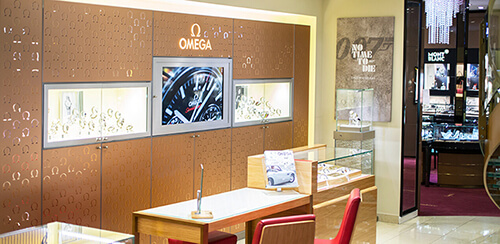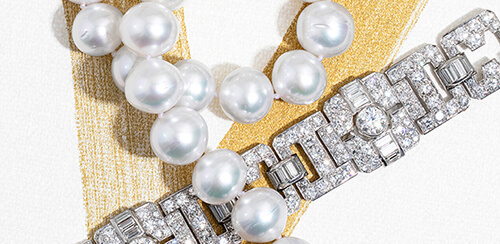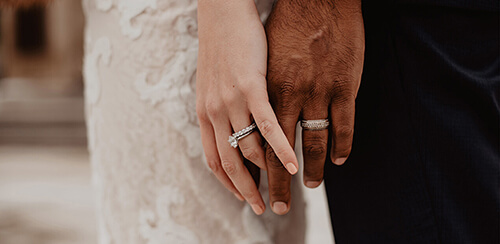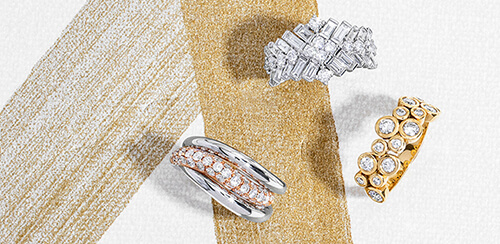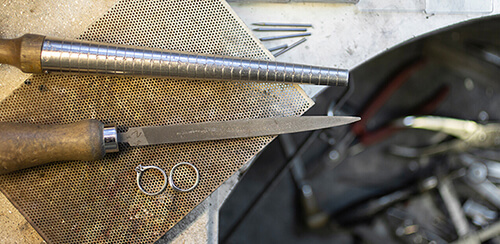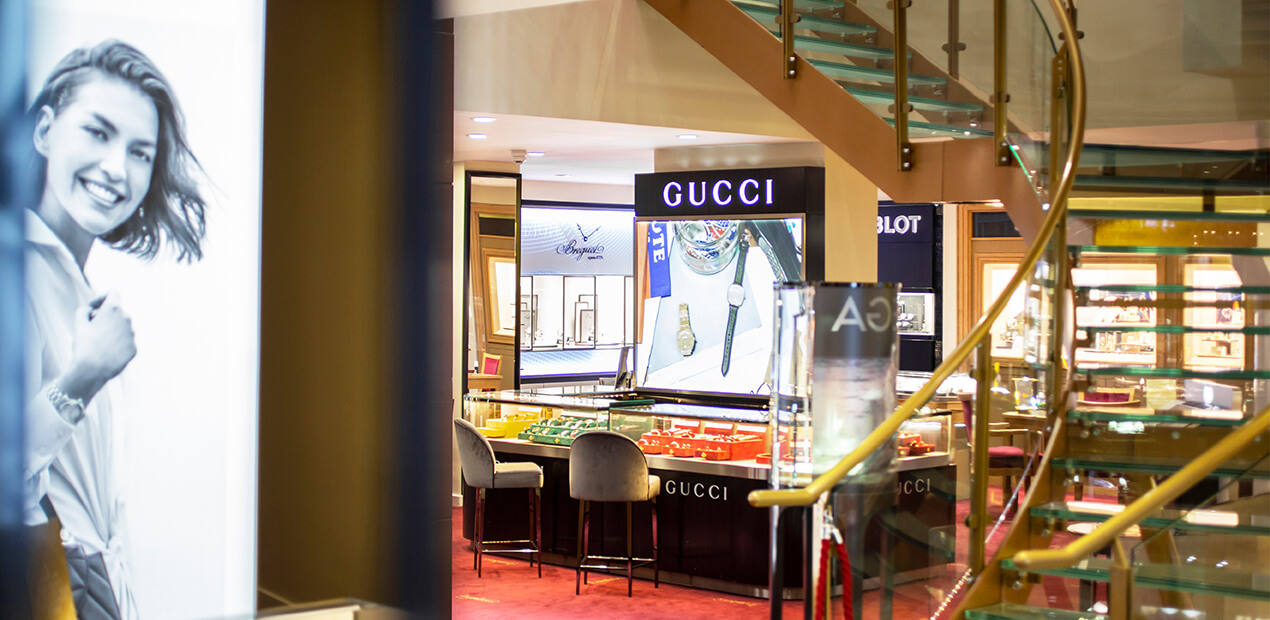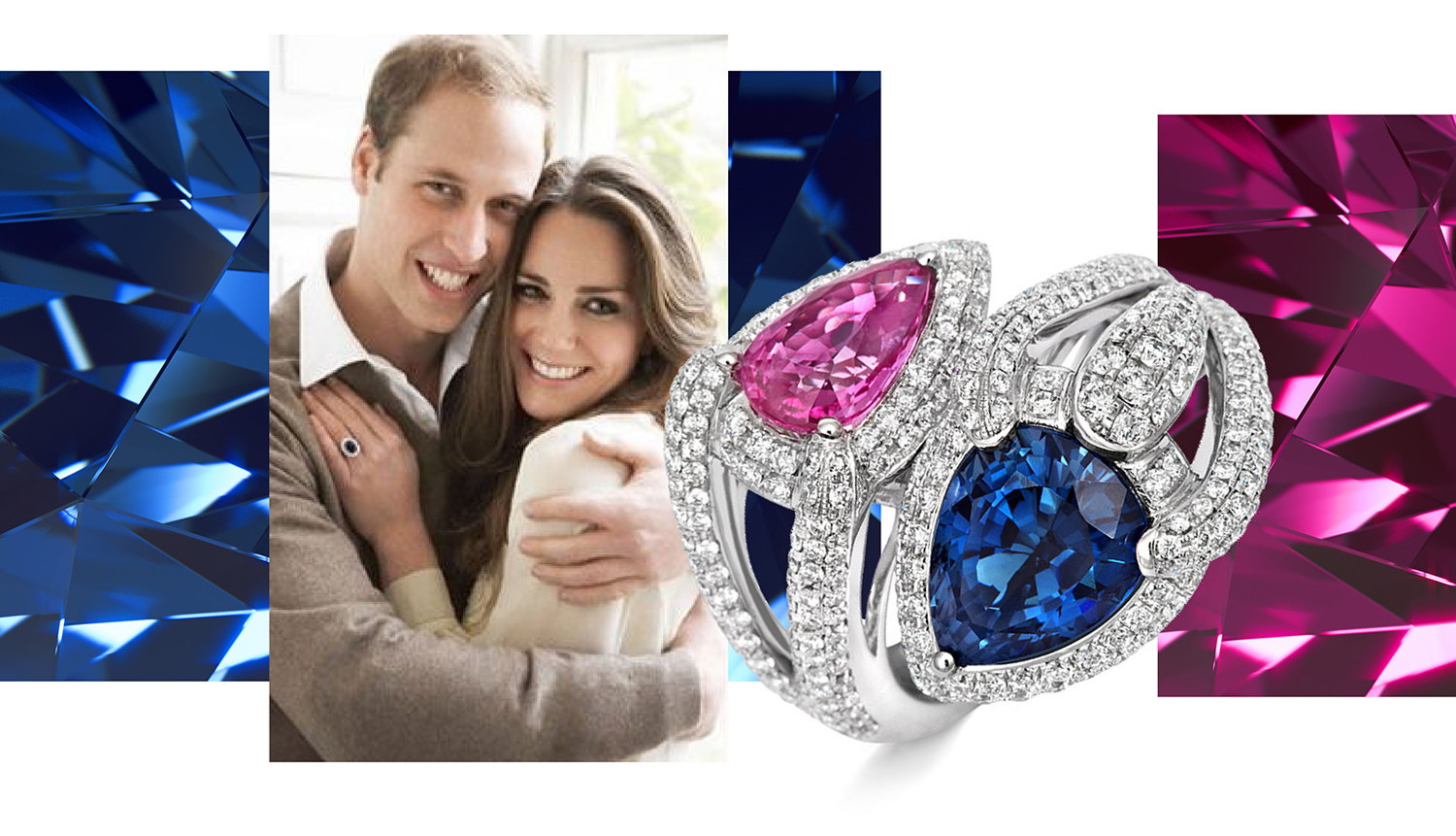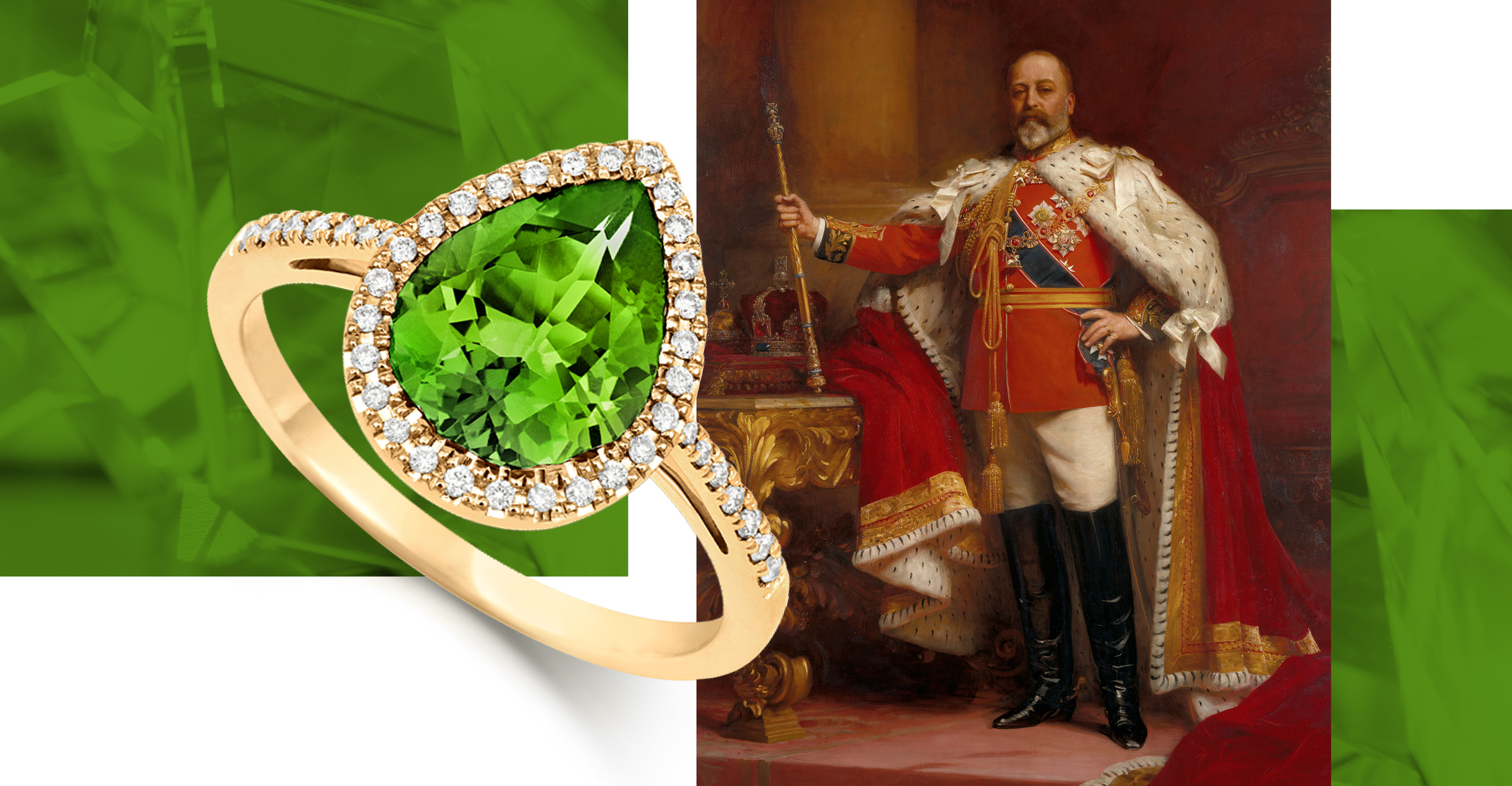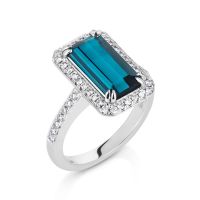Toggle Nav
October Birthstone: Tourmaline
01/10/2021

Tourmaline Colour Options

October Birthstone: traditionally Opal but in 1952 Tourmaline was approved by AGS as the alternate gemstone of choice for this month.
Tourmaline as a name possibly originated from the Singhalese term ‘tormalli’ or ‘turmali’ meaning “mixed colours”, which is quite accurate. Tourmaline is probably the most exciting and widely varied coloured gemstone of all the gem species. It occurs in various shades of almost every hue, and there are a number of trade names for a few of its colour varieties.
With essentially all Tourmalines being silicates consisting of the elements Aluminium, Boron and Fluorine, but with a complex combination of other elements like Sodium, Lithium, Calcium, Magnesium, Manganese, Titanium, Copper and iron. These rare elements in its chemical composition directly influence their physical properties and contribute to their individual resulting colours.
From colourless through to yellow, orange, pink, red, green, blue and violet. The most intense hues are most prized and desired. It also comes in less valuable browns and black not marketed for jewellery. With a hardness of 7 - 7 1/2 on Mohs hardness scale, it’s quite durable. Due to the way the rough crystals grow in long slender crystals, you will often find them cut into elongated rectangles. The rarer colours in gem quality will often be found in various non calibrated cuts, to maximise the weight from the original rough.
If you’re on a journey to find your favourite Tourmaline here are a few colours you may hear about:

Rubellite
Has a colour range of pink, red, purplish red, orangey red, or brownish red. Some in the trade argue that pink tourmaline shouldn’t be called Rubellite. The predominant red in gem quality being highly prized.

Paraiba Tourmaline
This is probably the most highly prized in gem quality of all the colour ranges. It is usually an intense violetish blue, greenish blue, or blue from the state of Paraiba, Brazil (this variety was discovered in 1988).

Chrome Tourmaline
This is described as an intense green and as its name describes is coloured by chrome. However, much of this is actually coloured by Vanadium, the same element that colours many Brazilian and African Emeralds.

Parti-Coloured Tourmaline
A Tourmaline with more than one colour. One of the most common combinations is green and pink, but many other combinations are possible.

Watermelon Tourmaline
This is usually pink in the centre and green around the outside. Crystals of this material typically have a pink core surrounded by green and they’re often cut into slices to show this colour pattern.

Indicolite
This is a violetish blue or blue, with little or no greenish hue. However, in gem qualities the tone becomes rather dark compared to green tourmaline, causing a decrease in transparency. Despite this, the rarity of indicolite makes it more expensive than pink, green, or bi-coloured tourmaline in gem qualities.
So if your lucky enough to be born in October you have a wide variety of stones to choose from, whether it’s the classic Opal with its variety of phenomenal white, water/jelly, black or boulder options; or the modern and coloured Tourmaline varieties. What a tough decision to make!
Remember, if you have seen something online, or maybe you have a vision in your mind of the perfect piece of jewellery – we can make these bespoke for you! From sitting down and discussing your ideas and looking through photos for inspiration, to sourcing the perfect diamond or gemstone… we do it all!
It doesn’t have to be a brand-new piece of jewellery either. You could have some old stones that are very sentimental and special to you, we could help to design something which is wearable and modern to be passed down through many more generations. Just pop in for a chat, we are always willing to help!

